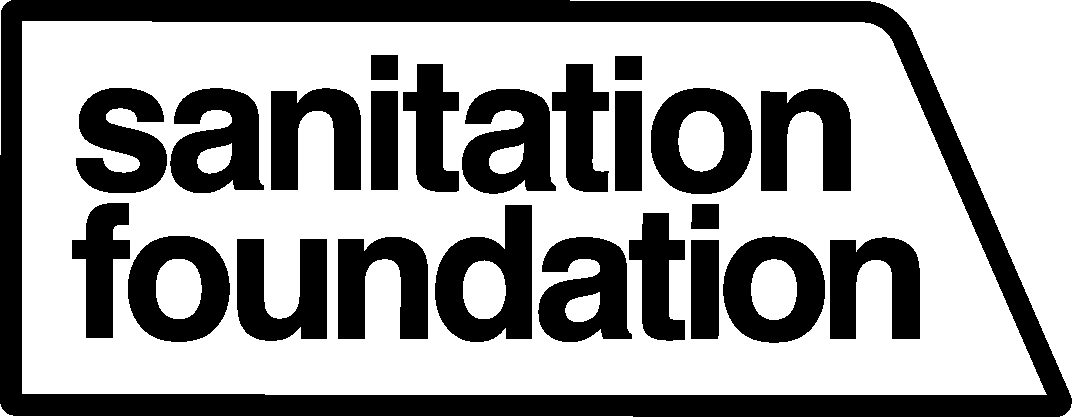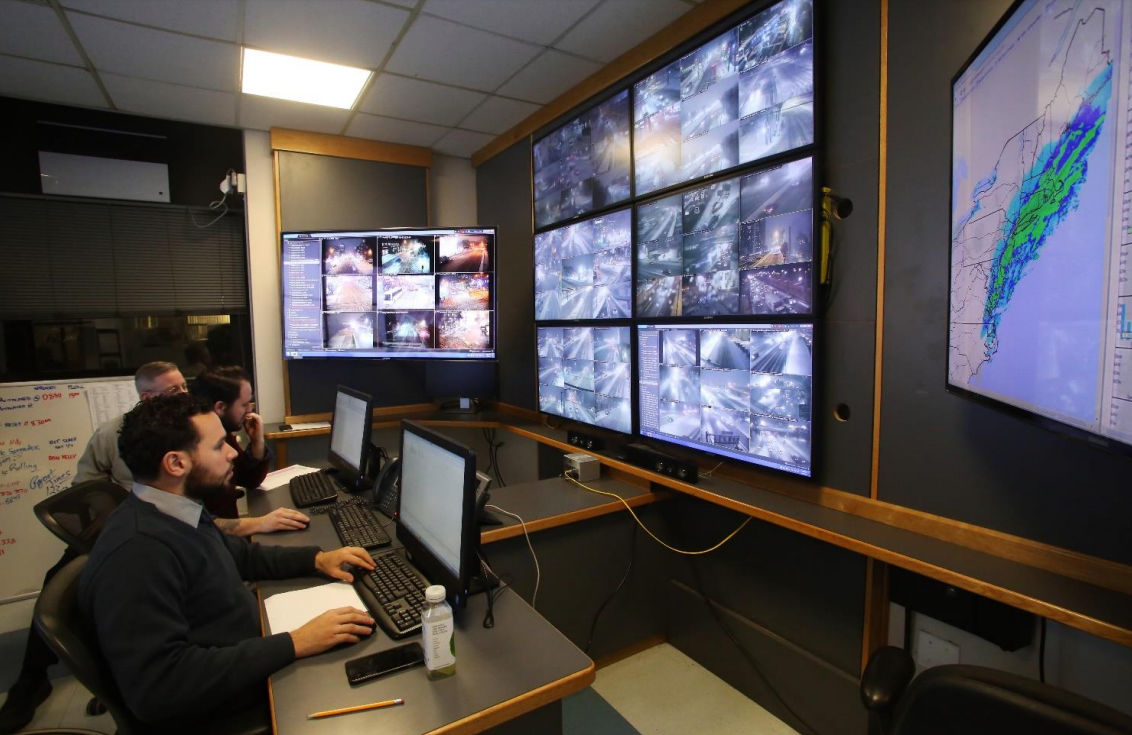Get to Know Snow
Written by: Sophie Neuhaus
The New York City Department of Sanitation is the largest municipal waste agency in the world. But if you ask Acting Commissioner Ed Grayson, he’ll tell you that the DSNY is really “a snow agency that happens to pick up garbage.” On average, NYC’s 6,300 miles of streets and sidewalks are blanketed in 25-30” of snow, ice, and frozen rain per year, leaving the Department of Sanitation with a lot of cleanup. That’s no easy task. Whereas most cities in the US deal with snow in a more piecemeal manner, New York City has one of the most complex and impressive snow operations in North America, bringing together state-of-the-art equipment and inter-agency collaboration. Let’s explore how they do it.
The X Factor
Mother Nature is unpredictable. How many times have you donned an umbrella and raincoat only to be greeted by blue skies? On an individual level, these miscalculations are mere inconveniences, but in the case of a snowstorm, a wrong call could mean serious trouble. The DSNY has to be prepared for snow at all times, which means that, in the Department, snow season is a year-long operation. Between route revision and updating equipment in August and training Sanitation Workers and emergency responders for snow operations beginning in October, proactivity is key to a safe winter.
Even if it’s 90 degrees outside, if the forecast calls for a storm, DSNY has to be ready. Weather conditions of all kinds impact the needs and effects of snow, from temperatures to wind patterns before, during, and after the storm. At the first report of possible snow, DSNY teams begin monitoring weather conditions and preparing their workforce for action. So when the first flake falls, DSNY transforms its operations from garbage and recycling to salting and plowing.
The tools
The way NYC fights snow has changed quite a bit over the years. From horse-drawn plows to electricity-powered trucks, DSNY has learned a lot about the science of snow management in their almost 200 years of keeping NYC clean. Between understanding how various salts and chemical compounds react to snow, ice, and movement, to monitoring plows through GPS technology, DSNY knows that having the right tools at our disposal can make or break snow operations.
New York City is one of the largest purchasers of salt in the world -- over 300,000 tons of the stuff. No, it’s not because we get the most snow in the world, it’s because NYC simply can’t afford to be caught without enough salt and calcium fluoride to keep the streets dry and clear. Having enough salt for any weather situation is crucial to keeping New Yorkers safe and our economy alive. Timing is everything, especially when it comes to salt. Spread it too soon and you risk dusty streets. Salt too late and you become vulnerable to DSNY’s greatest enemy: ice.
However, salting is only half the battle. Eventually the snow accumulates and the streets need plowing. Luckily, DSNY’s nearly 700 trucks citywide are up for the task. Each truck - the ones you normally see collecting trash and recycling - can be transformed into a salt spreader or plow at the drop of a hat, making the DSNY’s fleet one of the most nimble and powerful in the world. Each truck is equipped with GPS monitors that enable DSNY to monitor and manage coverage across the City.
Music: “Ascent” by Jon Luc Hefferman is licensed under a Attribution-NonCommercial 3.0 International License.
Based on a work at http://needledrop.co
Video created by data scientist Jeremy Neiman, using GPS data from a March 2018 nor’easter
A delicate ballet
When the average person wakes up to a snowy morning, they have choices they need to make: what shoes they’ll wear out, how they’ll get to work, whether they’ll shovel or salt outside their home. When the DSNY sees a snowy forecast, the choices they make might end up costing the City millions of dollars and the DSNY its reputation:
“There’s only one reason [DSNY is] in the paper -- it’s because we screwed the pooch on a snowstorm.”
Weighing factors like temperatures, winds, accumulation rates, the geographic distribution of snowfall, the Department has to make decisions about when to stop refuse collection and start snow management, which streets to address first, how frequently roads need salting and plowing, and even whether or not to close schools. Each of these decisions has widespread impacts on the City’s functioning. As Acting Commissioner Grayson puts it, imagine you’re a member of the Fire Department: “What would you do if there were fires on every block? Where would you go first?” This level of urgency and importance requires nuanced decision making and the ability to act swiftly.
Thanks to the DSNY’s year-round dedication to snow management, New Yorkers are able to make the most of their winter wonderland.
Searching for more snow? Explore all of the Foundation’s wintry offerings:
Check back soon for our Read Aloud series with Sanitation employees!
Stay up to date on snow management in your area with PlowNYC!






